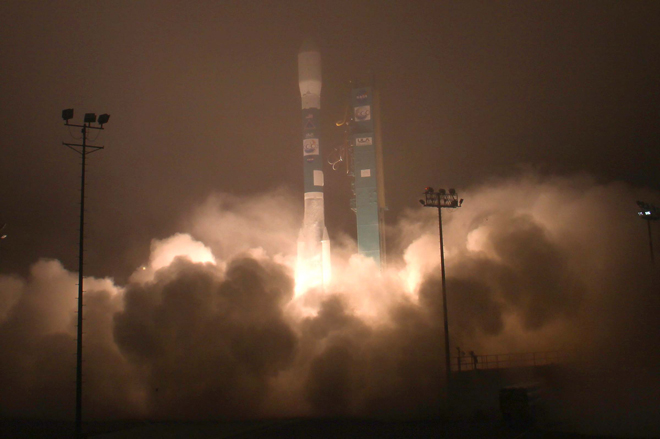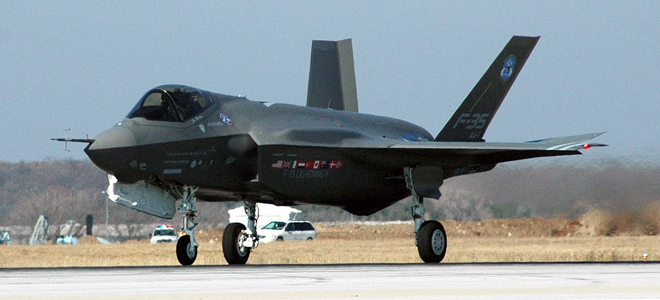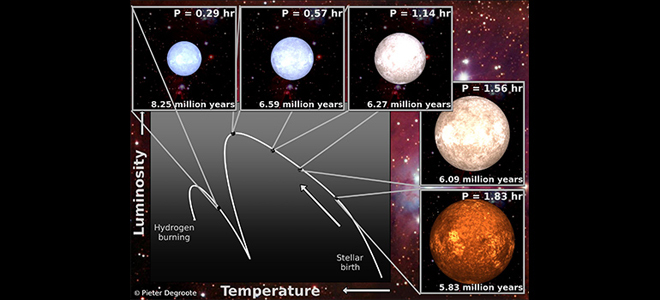
NASA's two-year mission dedicated to studying carbon dioxide in Earth's atmosphere lifts off from Vandenberg Air Force Base, California just before 3 a.m. Pacific Time on July 2, 2014. Photo: NASA/JPL.
WASHINGTON (PTI): NASA successfully launched a satellite designed to track atmospheric carbon dioxide, a leading human-produced greenhouse gas responsible for global warming.
The Orbiting Carbon Observatory-2 (OCO-2) satellite is now in orbit after launching from Vandenberg Air Force Station, California, NASA said.
Liftoff was on scheduled following the replacement of a defective solenoid valve that prevented water flow into the sound suppression system that caused the scrub minutes ahead of launch on Tuesday.
OCO-2 is NASA's first mission dedicated to studying atmospheric carbon dioxide, the leading human-produced greenhouse gas driving changes in Earth's climate.
"The OCO-2 mission will produce the most detailed picture to date of natural sources of carbon dioxide, as well as their "sinks" - places on Earth's surface where carbon dioxide is removed from the atmosphere," NASA said.
"The observatory will study how these sources and sinks are distributed around the globe and how they change over time," the space agency said.
Although scientists know the concentration of carbon dioxide, much about the processes that govern the gas's atmospheric concentration remains a mystery.
"We still do not know precisely where all of the carbon dioxide comes from and where it is being stored when it leaves the air. That information is crucial for understanding the impact of human activities on climate and for evaluating options for mitigating or adapting to climate change," said NASA.
With Wednesday's launch, scientists expect to get some answers to these and other compelling carbon questions.
OCO-2 will allow scientists to record detailed daily measurements of carbon dioxide - around 100,000 measurements of the gas around the world every day.
Kevin Gurney, an associate professor at Arizona State University, believes OCO-2 will complement a suite of NASA-funded efforts that quantify fossil fuel emissions by using statistics on fuel, activity of cars, etc.
"This research and OCO-2 together will act like partners in closing the carbon budget, with my data products estimating movements from the bottom up and OCO-2 estimating sources from the top down," Gurney said.
"By tackling the problem from both perspectives, we'll stand to achieve an independent, mutually compatible view of the carbon cycle.
"And the insight gained by combining these top-down and bottom-up approaches might take on special significance in the near future as our policymakers consider options for regulating carbon dioxide across the entire globe," said Gurney.
 Previous Article
Previous Article Next Article
Next Article













The Indian Air Force, in its flight trials evaluation report submitted before the Defence Ministry l..
view articleAn insight into the Medium Multi-Role Combat Aircraft competition...
view articleSky enthusiasts can now spot the International Space Station (ISS) commanded by Indian-American astr..
view article